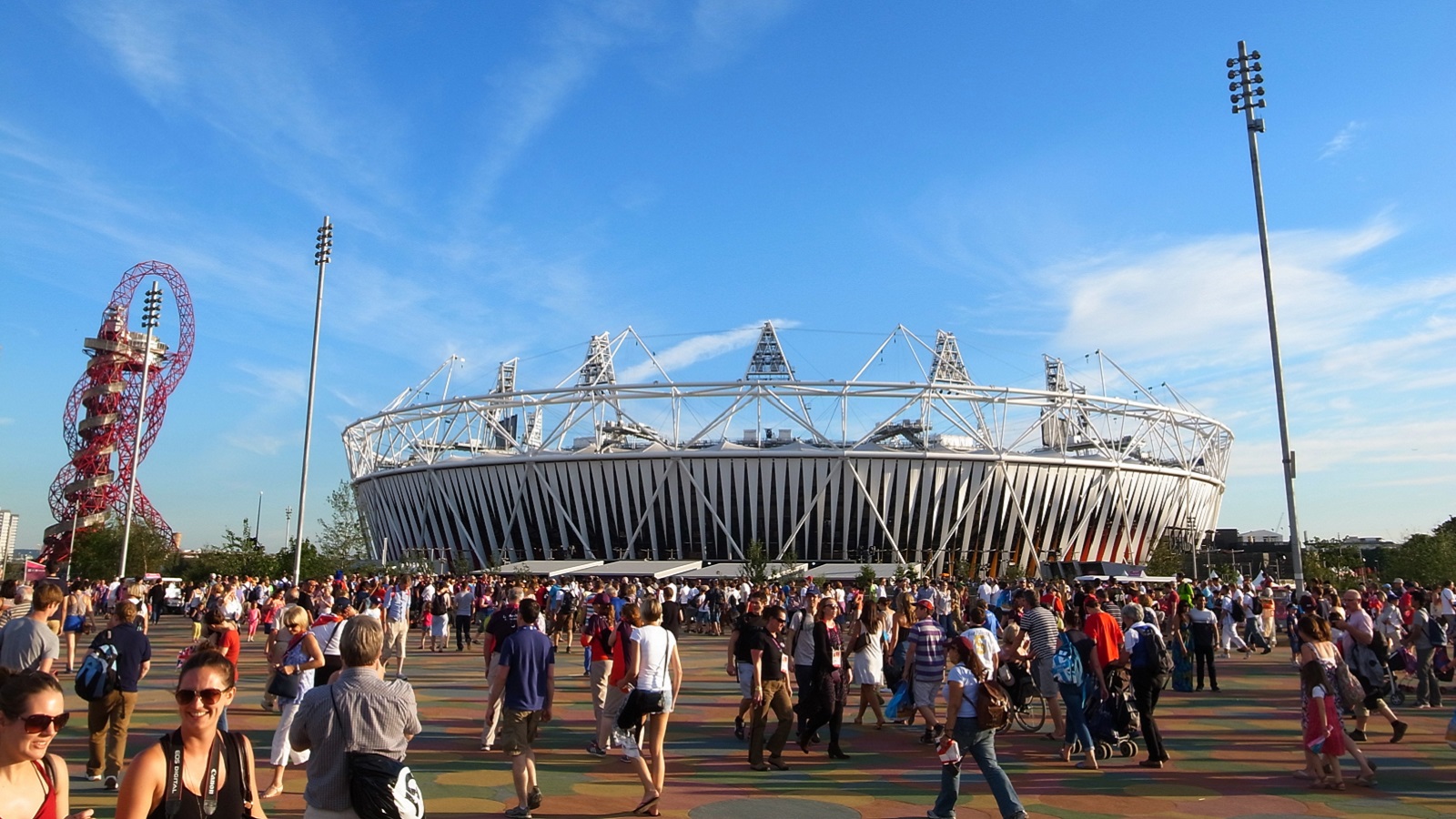Deisgn Control VS Everyday Environment
As the reading suggests, design control has gone through a variety of changes over the years. Architect’s used to design only civic buildings, religious buildings and other buildings in society that are not just normal buildings. Architects had control of those buildings that they designed. Everything around those buildings were designed and altered by the users who use that space. Everyday environment wasn't controlled but it allowed different parties to take care of things on different levels. This led to a society designed by the environment and not architects. With Modernism Architect’s power of control expanded to these public spaces. Architect’s and Urban designers started suggesting ideas to shape these spaces around these buildings that they create. These ideas often shape the environment and do not provide flexibility for the user to do any changes to the environment. Architect’s power over spaces has expanded. Moving forward, architects' stand of designing buildings and spaces with complete disregard to the everyday environment has raised the question of the role of architects in society. As the reading suggests, I do believe knowledge of the everyday environment will legitimize our profession. Dispersing design control and knowledge about everyday environment will lead to better design solutions. This is a topic that interests me a lot. The reason behind my interest in sports infrastructure design is the relationship of these projects to the everyday environment. These projects have a high influence on its surroundings and help shape the spaces around it with user participation. In my view, these are the only few projects that disperse design control to the user.




Hey Jerome! Your take on design control over the everyday environment is really interesting and I totally agree. Designers today, especially in America, have such a strong hold on what the everyday environment is and how the people experience this (this isn't only applied to the users of their buildings but the community). This makes me wonder how can designers redirect society into creating a better place for the everyday person? Where does this transition back into designing for the people start?
ReplyDelete